[Article] Hardcore Game Design and Subsystems
" Reading your Quotes in Marks voice makes them so funny ... in case you have never seen him i recommend to look up a few videos he is the incarnation of Enthusiasm. [Beyond] Hajhji/MahouShoujo_Madoka
|

|
|
The "no combat text" thing is totally wrong. Hiding mechanical information from the player doesn't add to difficulty in any meaningful way--there is a big difference between avoiding hand-holding tutorials and flat out obscurantism. Following your argument, all the passive skill nodes should be blank dots which the player has to invest in to figure out what they do. | |
|
bump
I don't think I've ever seen such a well written article on a gaming forum. I agree with everything you said. | |
|
I can't think of anything new to add to the conversation, but either way, well said sir. Well said indeed.
Last edited by xCookieMonster#3466 on Feb 3, 2013, 2:48:53 PM
|

|
|
Great post
|

|
|
Good post, but "sub-systems should also be hard" is too vague. I don't disagree with the specific points you made, but making something less convenient can simply be bad design. By the logic you suggest artificially imposing a 1 second delay on the mouse cursor, not allowing players an action bar, instead having to manually select ekills asigned to their mouse to use them or forcing players to move at slow pace a la diablo 1 would all make the game more hardcore. I guess they might, but I don't think they'd make the game more fun for anybody.
When discussing subsystems, user interface should be kept entirely separate from mechanics. Making the passive skill easier to use will improve the game without losing any hardcore edge. Easier stash organisation or more easily distinguishable skill gems likewise. They make the experience smoother without sacrificing the difficulty of the actual gameplay. I believe it's an important distinction. Still, I approve of OP's post. |

|
|
I think you nailed it Scrotie.
This post reflects what makes me truly enjoy PoE - the obstacles, and discovering ways to overcome them, eventually giving me the satisfaction of making something work. IGN: Neonesis / Violetlight / Sirencurse /... I have too many alts...
I like to hang out in Global sometimes. |

|
|
I didn't comment on this the first time it came around, but I will now.
Understanding the OP will answer nearly every question surrounding PoE design. |
|
|
you are quoting Mark Rosewater? that dude designed so many broken cards he damn near killed competitive play in 3 different blocks. other than that what he says is correct. +1 for the mtg refernce.
|

|
|
I do not quite agree with the sub systems part. Denying the player the ability to fully respect and not showing damage numbers does not truly makes the game harder. What it does is slow down the rate at which the player can experiment with the game mechanics. It is an artificial barrier ... A time sink.
A "hardcore" game is hard because the gameplay mechanics of the game makes it more challenging to play than the average game of the same genre. This is generally achieved through complex controls and gameplay mechanics. Some examples would be realistic handling in a racing simulator or an unforgiving damage model in a first person shooter. There is nothing truly challenging about a passive skill tree that you are not able to respect. If you mess up, you just need to spend more (unnecessary) time to try something different or you could also just copy someone else's build to side step the artificial barrier entirely. A genuine challenge in a game is not something that you can overcome through copy/pasting. |

|



































